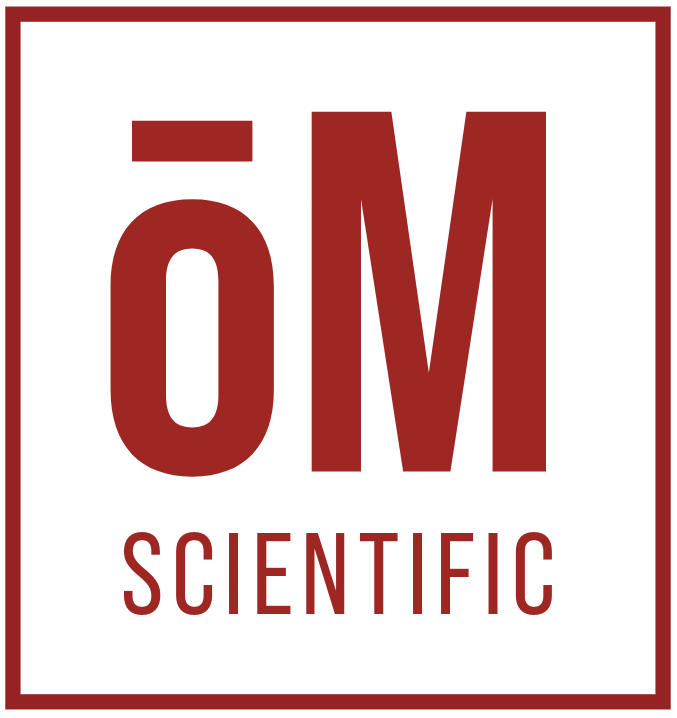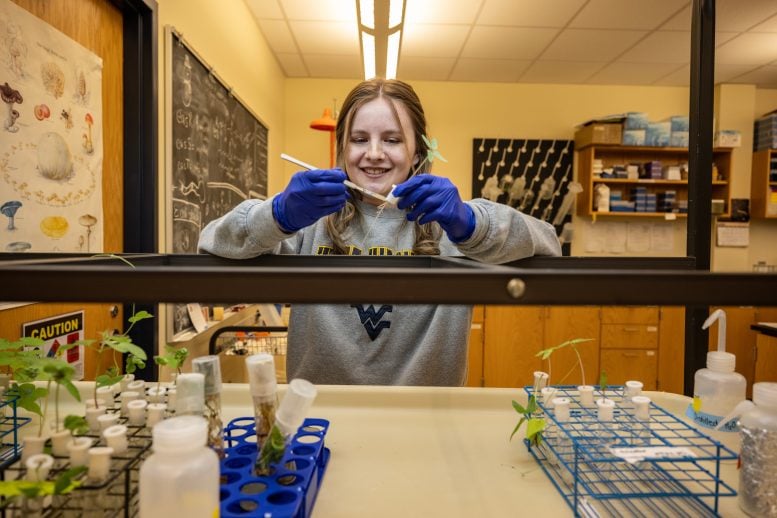Original Study: Clinical Trial: Psilocybin produces substantial and sustained decreases in depression and anxiety in patients with life‑threatening cancer
Author: Roland R. Griffiths et al
Published: Journal of Psychopharmacology, December 2016; Volume 30(12), pp. 1181–1197
In 2016, this landmark study from Johns Hopkins Univercity quietly changed the conversation around psychedelics. This wasn’t about trippy experiences or rebellious experimentation, it was about something far more human: how we face death.
The study involved 51 people with life-threatening cancer and experiencing crushing anxiety, depression, and /or existential dread that often comes with a terminal diagnosis. In a controlled, double-blind trial, they were given either a low, placebo-like dose or a high dose of psilocybin, supported by trained therapists before, during, and after the experience.
The results were extraordinary. A single high-dose session produced immediate, sustained reductions in depression, hopelessness, anxiety, and fear of death. Many of the participants were still feeling the benefits six months later. Participants called the experience meaningful, grounding and calming. Some said it helped them reconnect with family. Others felt more at peace with the idea of dying.
What this study showed, and what many others since have backed up, is that psilocybin has the potential to ease suffering at the deepest level. That matters. Especially in a world where people are often left to face death afraid and alone.
It also raised an uncomfortable question: why are we still waiting to offer this kind of care to more people in need?

